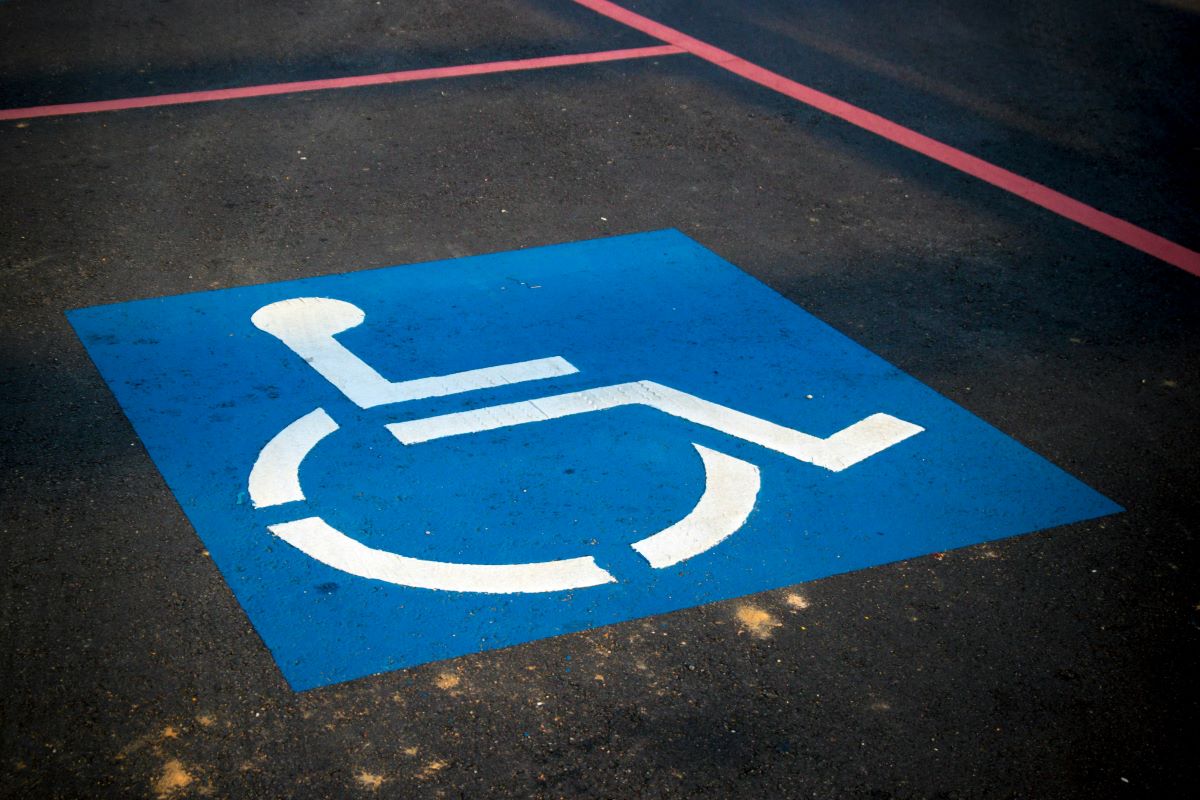Common Disabilities for Handicap Placard Approval Across All States

Handicap placards ensure accessibility and convenience for individuals with disabilities or mobility issues. These placards allow holders to access designated parking spaces closer to entrances, reducing the physical strain and obstacles they face in their daily lives.
Understanding the process of the placard approval across states and if you qualify might be confusing due to varying criteria and requirements across different US states. Let’s take a look into the common disabilities that qualify for handicap placard approval across all states, which include vision, respiratory, cardiovascular, and physical disabilities to shed light on the eligibility criteria and approval process.
Handicap Placard Approval Across States
To qualify for a handicap placard, individuals must meet specific criteria outlined by their state’s Department of Motor Vehicles (DMV) or equivalent authority. While the exact requirements may vary slightly from state to state, there are universal criteria that generally apply nationwide. These criteria typically include having a permanent disability that significantly impairs mobility or causes substantial discomfort or pain while walking.
Common Disabilities for Placard Approval
When it comes to handicap placard approval across states, understanding the common disabilities recognized across all states is essential. These disabilities encompass a wide range of conditions that significantly impact an individual’s mobility and quality of life. By exploring these common disabilities, you can gain insight into the diverse needs of those seeking placard approval and the challenges you can face in your day-to-day activities. Here are a few of the various disabilities that may qualify individuals for a handicap placard and the significance of accessibility accommodations for those with mobility limitations.
- Mobility Limitations: Mobility-related disabilities, such as paralysis, amputation, arthritis, or severe joint disorders, are among the most common reasons for placard approval. These conditions can greatly restrict an individual’s ability to walk long distances without experiencing discomfort or fatigue.
- Chronic Pain Conditions: Chronic pain disorders, including fibromyalgia, chronic back pain, and neuropathic pain, can significantly impact an individual’s mobility. Individuals experiencing persistent pain that limits their ability to walk may qualify for a handicap placard.
- Vision Impairments: Visual impairments, such as blindness or low vision, can pose significant challenges for individuals navigating their surroundings independently. Accessible parking spaces located closer to building entrances can provide essential assistance for individuals with vision impairments.
- Neurological Disorders: Conditions such as multiple sclerosis, Parkinson’s disease, cerebral palsy, and stroke can affect motor function and coordination, making it difficult for individuals to walk long distances or navigate uneven terrain. These individuals may qualify for a handicap placard to alleviate mobility challenges.
- Respiratory Disorders: Respiratory conditions, such as chronic obstructive pulmonary disease (COPD), asthma, or cystic fibrosis, can cause shortness of breath and fatigue, making it challenging for individuals to walk long distances without rest. Accessible parking can help conserve energy and reduce respiratory stress.
Handicap Parking Eligibility Criteria
The eligibility criteria for handicap parking permits vary from state to state, with each state’s DMV or equivalent authority responsible for determining eligibility and issuing permits. While there are similarities in the criteria across states, there are also differences based on specific regulations and guidelines.
Some states require individuals to undergo a medical evaluation by a licensed healthcare provider to assess their disability and determine their need for a handicap placard. This evaluation may include physical examinations, medical history reviews, and assessments of functional limitations.
Individuals may also need to provide documentation, such as medical records or a doctor’s statement, to support their application for a handicap placard. This documentation helps verify the existence and severity of the disability and ensures that placards are issued to those who genuinely need them.
Placard Approval Across States
While there are universal criteria for handicap placard approval, there can be variations in the approval process and requirements across states. Factors such as the specific disabilities covered, the documentation needed, and the duration of placard validity may differ from state to state.
Despite these differences, the overarching goal of handicap placard programs is to ensure accessibility and inclusivity for individuals with disabilities. By providing designated parking spaces closer to entrances, these programs strive to eliminate barriers and enhance mobility for those who need it most.
How Dr. Handicap Supports Disabled Drivers
Understanding the common disabilities that qualify for handicap placard approval across states is something individuals must learn when seeking accessibility accommodations and for healthcare providers who assist them in the application process. Handicap placards help promote independence, mobility, and dignity for individuals with disabilities, and we must continue to support and advocate for their accessibility rights. Learn more in our Dr Handicap blog!
Featured Image by AbsolutVision on Unsplash.